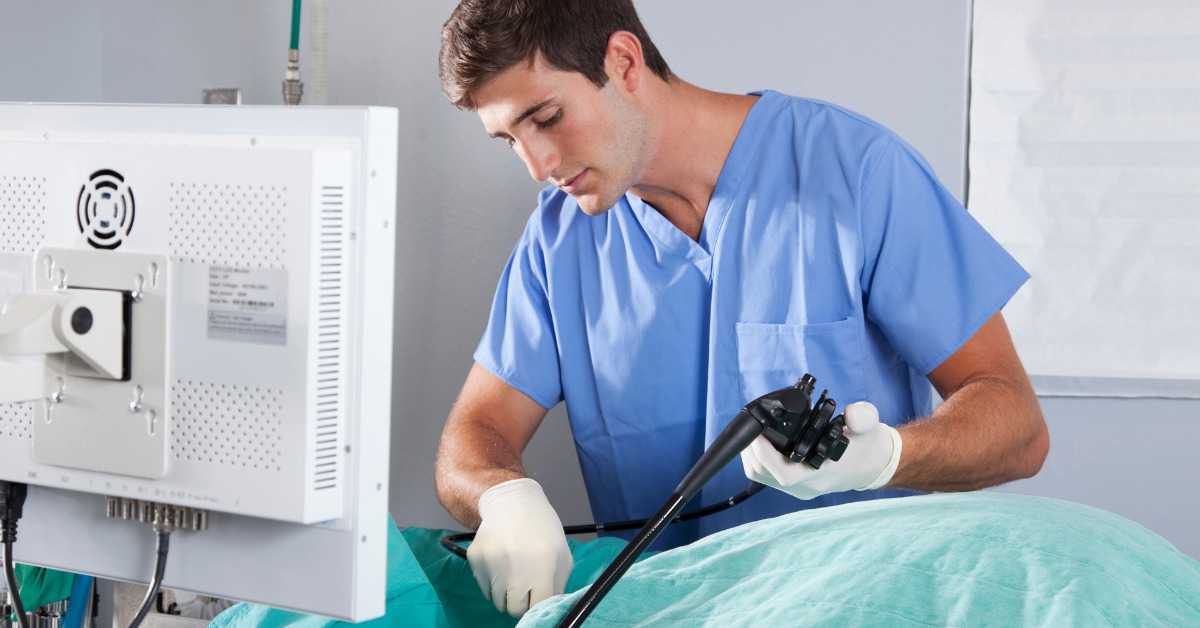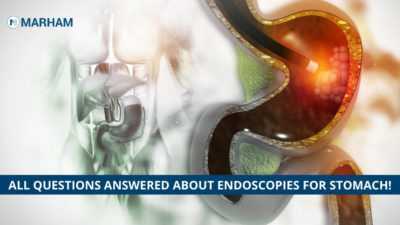Endoscopy for stomach ulcer is a common procedure that is used to diagnose and treat this condition. In this health blog, we will discuss everything you need to know about endoscopy for stomach ulcer.
We will cover the basics, such as what it is and how it is performed, as well as more advanced topics, such as the risks associated with the procedure and the potential benefits. By the end of this blog post, you should have a good understanding of endoscopy for stomach ulcer and how it can help you treat this condition.
What is a Stomach Ulcer?
A stomach ulcer is a sore that develops on the lining of your stomach or duodenum. Stomach ulcers are usually caused by an infection with the bacterium Helicobacter pylori (H. pylori).
Other factors that can contribute to the development of stomach ulcers according to research include:
- Nonsteroidal anti-inflammatory drugs (NSAIDs), such as ibuprofen or aspirin
- Excessive alcohol consumption
- Smoking
Symptoms of Stomach Ulcer:
Stomach ulcers can cause a variety of symptoms, including pain, indigestion, and nausea. If you experience any of these symptoms, it’s important to see your doctor for a diagnosis.
If left untreated, stomach ulcers can lead to serious complications, such as bleeding, perforation, or obstruction of the stomach.
Treatment for stomach ulcers usually involves a combination of antibiotics and acid-blocking medications. Surgery may also be necessary in some cases.
If you think you may have a stomach ulcer, it’s important to see your doctor so that he or she can confirm the diagnosis and prescribe the appropriate treatment.
Click here to book an online appointment with a Stomach doctor today via Marham!
What is Endoscopy for Stomach Ulcer?
Endoscopy is a procedure that enables your doctor to examine the inside of your stomach. A long, flexible tube equipped with a tiny camera is inserted through your mouth and down your throat.
The endoscope transmits images of your stomach lining to a video screen, allowing your doctor to look for ulcers, inflammation, or other abnormalities.
Endoscopy is often combined with a biopsy, which involves removing a small piece of tissue from your stomach lining for further testing. Ulcer biopsies are usually performed to rule out infection with the Helicobacter pylori (H. pylori) bacteria, which is a common cause of stomach ulcers.


Also, see What can the ER do for a Stomach Ulcer?
When should you get an endoscopy?
Your doctor may also recommend endoscopy if you have persistent stomach pain or other symptoms that suggest you may have an ulcer. If you have an ulcer that is bleeding or has perforated (burst), you may need emergency surgery.
What are the Risks of Endoscopy for Stomach Ulcer?
The procedure is generally well tolerated, with most people only experiencing mild discomfort. Endoscopy for stomach ulcers is a safe and effective way to diagnose and treat this condition.
However, as with any medical procedure, there are some risks associated with endoscopy for stomach ulcers. The most common complication is bleeding, which can occur when the endoscope is inserted into the stomach. In rare cases, perforation (a hole in the wall of the stomach) can occur.
How Long Does an Endoscopy Take?
Endoscopy for stomach ulcer is usually performed as an outpatient procedure, which means you can go home the same day. The procedure usually takes 30 minutes to an hour to complete. You will be given a sedative to help you relax during the procedure.
After the procedure, you may experience some bloating and gas. These symptoms are usually temporary and will resolve on their own within a few days. You should be able to return to your normal activities the day after the procedure.
The Bottom Line
Endoscopy for stomach ulcer is a safe and effective way to diagnose and treat this condition. If you have been experiencing symptoms of a stomach ulcer, such as pain, bloating, or heartburn, talk to your doctor about whether endoscopy for stomach ulcer is right for you.
A Gastroenterologist can help you treat stomach ulcer and get rid of it for good. You can book an online appointment with the Best Gastroenterologists in Pakistan via the Marham App today!
Can’t Find the App?
| Android | IOS |
|---|---|
  |
  |
FAQs
Can ulcer be treated at endoscopy?
Yes, ulcers can be treated at endoscopy. The procedure is called endoscopic mucosal resection (EMR). EMR is a minimally invasive technique that allows the removal of early cancerous lesions or precancerous conditions from the gastrointestinal tract.
Can upper endoscopy detect stomach ulcer?
Upper endoscopy can detect stomach ulcer. The test is performed by inserting a thin, flexible tube called an endoscope through the mouth and into the stomach. The endoscope has a light and a camera that allow the doctor to see the lining of the stomach.
What is the standard treatment for stomach ulcers?
The standard treatment for stomach ulcers is a combination of antibiotics and acid-blocking medications. Antibiotics are used to kill the bacteria that cause the ulcer. Acid-blocking medications are used to reduce the amount of acid in the stomach, which helps to heal the ulcer. In some cases, surgery may be necessary.

